Walking is an essential mode of human mobility; everyone is a pedestrian at some point in their life. There are a variety of reasons why there is an increasing number of people choosing to walk, such as environmental, economic, or health factors. For example, the additional time spent at home associated with the pandemic have increased the number of walkers because it is one of the easiest ways to stay active and be entertained. There are also a variety of other benefits with walking, such as living a healthier and longer life, creating a cleaner environment, and increasing economic activity within communities. Pavement markings and traffic signs are crucial to the safety of pedestrians and are often underestimated; however, a multi-modal road network wouldn’t operate smoothly without them.
Pavement markings and traffic signs work together as a whole system to communicate and regulate pedestrians’ and motorists’ actions. Without them, no one would know what to do, which could lead to serious safety issues, such collisions between drivers and pedestrians resulting in injuries or fatalities.
Let’s look at some practices used to make communities both safe and accessible for pedestrians.
Pedestrian Safety
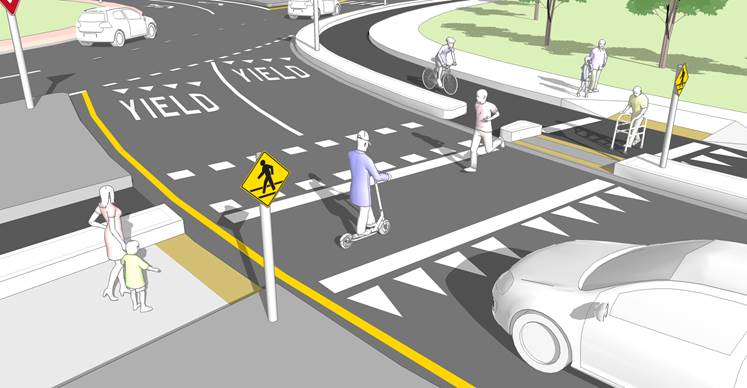
Promoting walking rather than driving in urban cities and communities requires a strong emphasis on pedestrian safety. When safety planning is designed and implemented effectively, users will understand how new and existing facilities (i.e., streets) operate when faced with a variety of conditions. Intersection crossings, shared multi-pathways, and other connection points between transportation networks are all areas where safety improvements are critical for pedestrians. These improvements can be achieved in a variety of ways, for instance, additional placements of pavement markings and traffic signs.
Traffic signs and pavement markings play a massive role in communicating the policies of the roads. With the proper use of these universal images and signs, all users should be able to follow them, resulting in a safe and comfortable commute, even around unique road designs, retrofitted construction lanes, and smaller streets. Traffic signs and pavement markings can be used in many situations such as to inform drivers on when to slow down and look out for pedestrians, indicate to cyclists to stay in their designated lanes and not collide with cars or pedestrians, and lastly, notify pedestrians to avoid walking in the wrong direction or into oncoming bicycles or motorists. Fortunately, the pavement marking tools in GuideSIGN Plus has a library of line types, hatches, arrows, and text; so, spending hours drawing crosswalks of different types and shapes or other pedestrian markings can be a thing of the past.
Wayfinding Signs
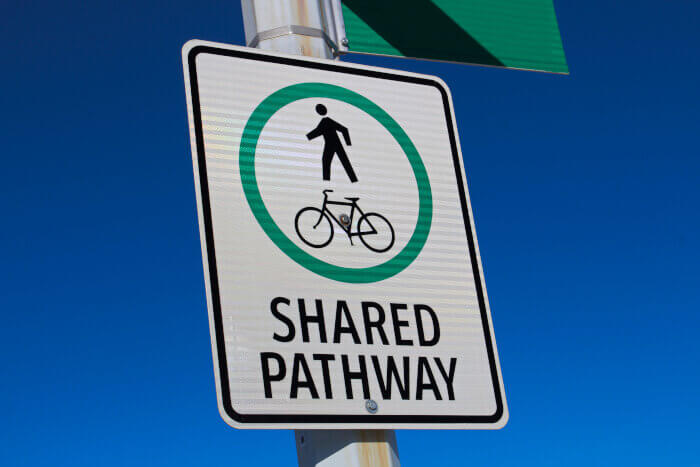
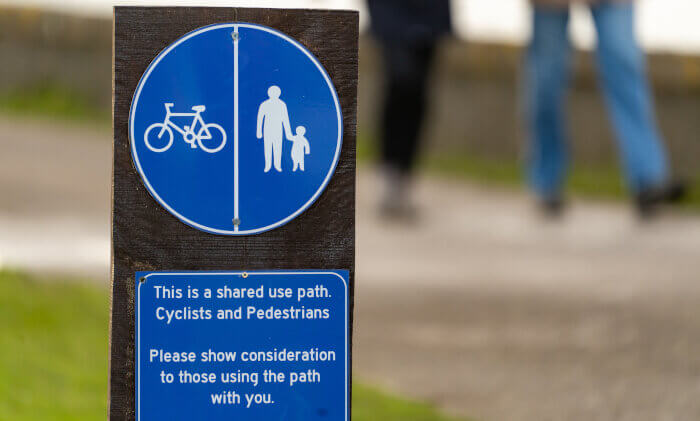
Similarly to bicycles, as discussed in our previous blog by using wayfinding signs and markings to encourage and facilitate pedestrians, communities are showing their support for active urban mobility. They direct pedestrians onto clear and direct paths while keeping them safe in high-traffic areas. Wayfinding signs give visitors and residents the autonomy to explore new locations and enhance their knowledge of the community. For visitors, this may result in a longer stay in the area and for residents a deeper understanding of what their community has to offer. Wayfinding signs can make communities more inclusive by providing pedestrians of all socio-economic backgrounds the ability to travel within a community.
Additionally, city planners can address the needs of a community, such as disabilities or language barriers, and find solutions through wayfinding signs to ensure everyone feels included.
GuideSIGN Plus can help users plan and create signs that are visible to members of the community in wheelchairs and can cater to the different languages in the communities. Furthermore, the pavement marking tool has a library of linear lines, hatches, arrows, and texts; so, spending hours making crosswalks of different types and shapes is a thing of the past.
Adding information for pedestrians can increase the walkability of an area and lower the number of cars and cyclists on the road, which reduces traffic congestion. Walkability should not be overlooked during the planning stages as it creates a competitive advantage for communities.
Utilizing GuideSIGN Plus features can create an inclusive community and encourage people to consider using different modes of transportation.
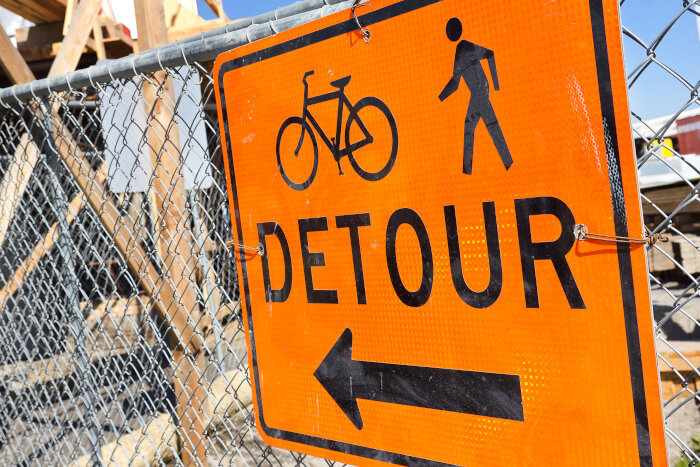
Pedestrian Sign and Marking Locations
The safety of vulnerable road users such as pedestrians is an important characteristic in the attractiveness of a community. Pavement markings and signage location assists in the awareness of both pedestrians and vehicles.
Traffic signs, for example, can prompt pedestrians to check for vehicles that may be turning at an intersection or the other way around, increasing driver awareness to check for pedestrians and cyclists.
Pavement markings such as solid lines or zebra stripes at appropriate crosswalks direct pedestrians to cross the road. Correctly placed signs and markings within roadways promote the protection of pedestrians and make communities more walkable.
One of the most important pedestrian-related functions for signs and pavement markings is to indicate crosswalk locations, which can be either at intersections or midblock.
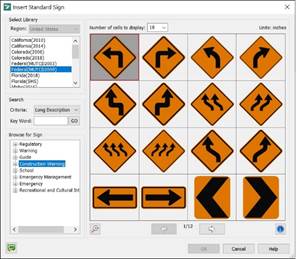
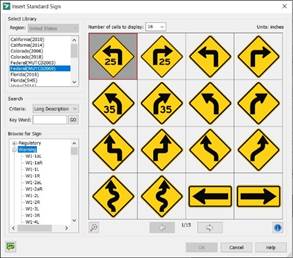
As an engineer during the planning and design stages, having to always remember and constantly reference where signs should be placed according to the regulations can be a time-consuming process. GuideSIGN Plus can help eliminate this challenge with the pre-made intersection signage templates and different features that ensure the signs are displayed at the right locations. It also carries technical manuals such as MUTCD guidelines to give you a consistent distance for sign placements, so pedestrians and drivers can correctly react to potential conflicts in unusual situations.
Like cyclists, as discussed in our previous blog post, pedestrians in construction sites and developing communities can be vulnerable. Using temporary signage can detour pedestrians from roads and sidewalks that are unsafe and direct them onto the right paths for their destination.
Providing pedestrians with improved safety and comfort, using signs and pavement markings, will truly result in a more confident community that feels safe about mixing up their modes of transportation to include more walking.